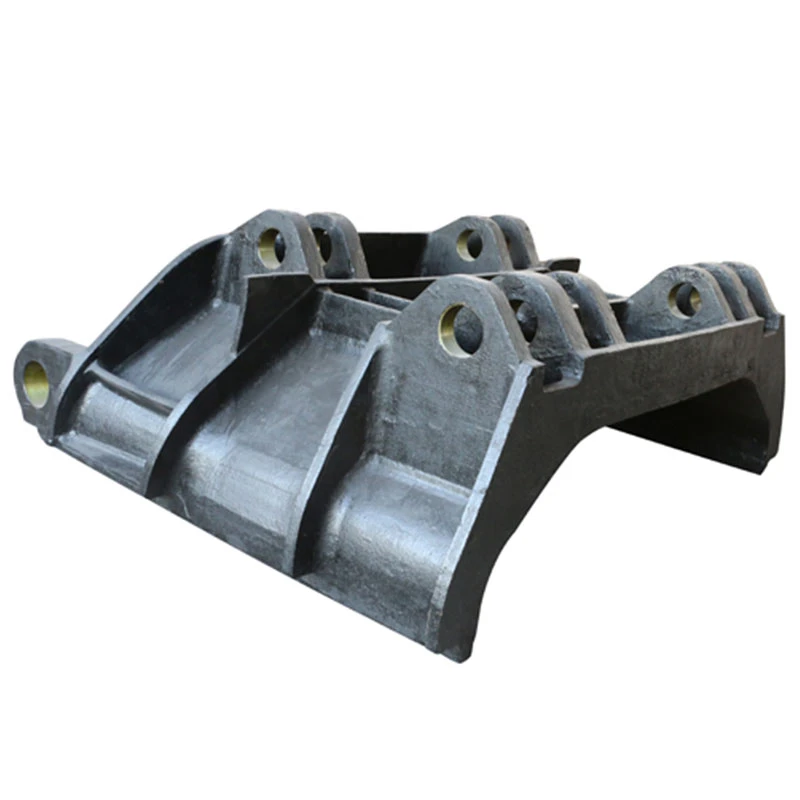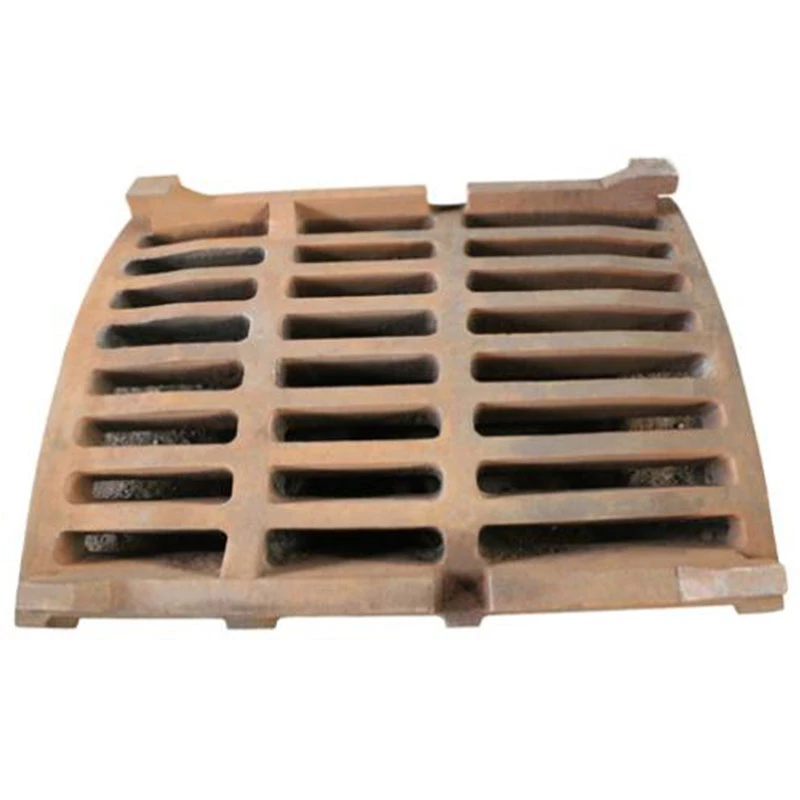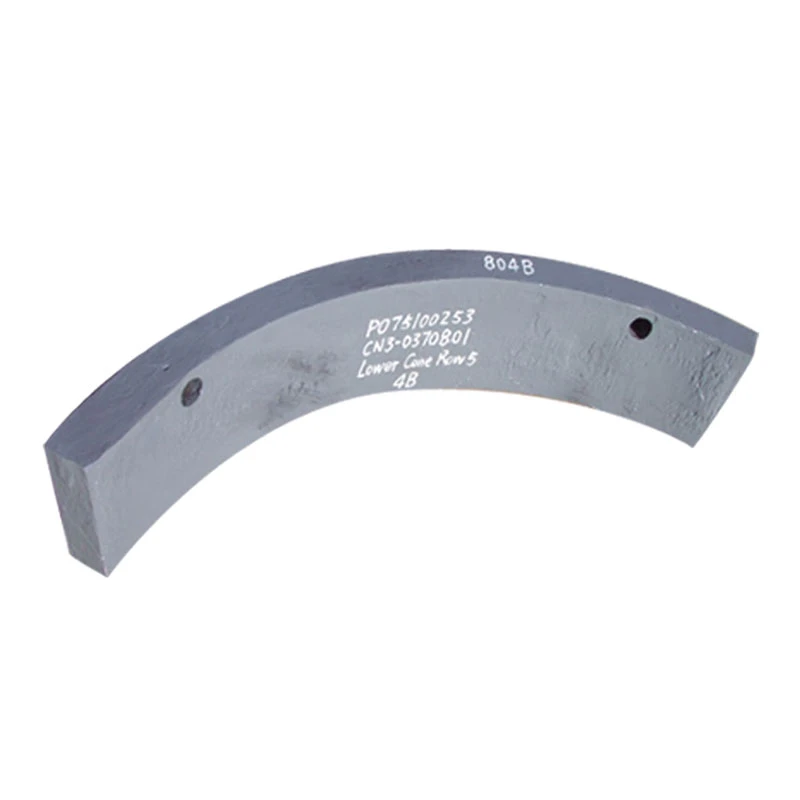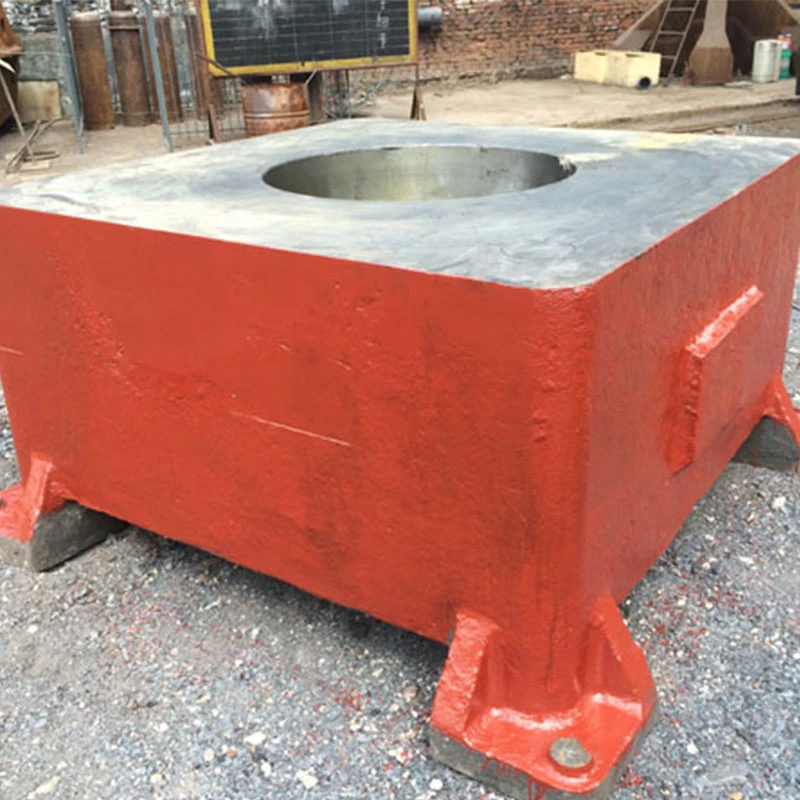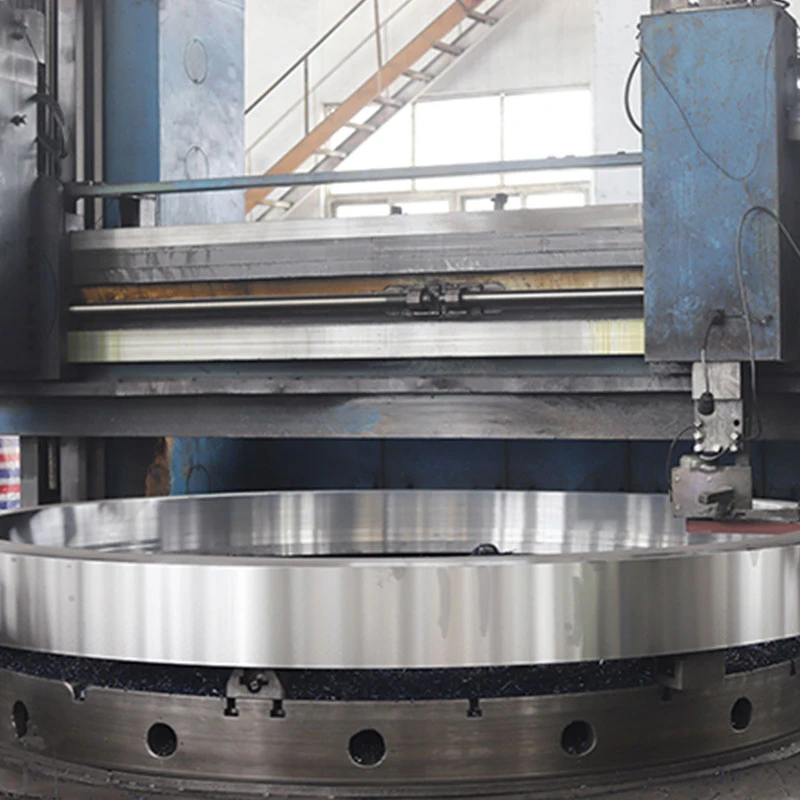- Afrikaans
- Albanian
- Amharic
- Arabic
- Armenian
- Azerbaijani
- Basque
- Bengali
- China
- China (Taiwan)
- Czech
- Danish
- Dutch
- English
- French
- German
- Greek
- Gujarati
- Haitian Creole
- hausa
- Miao
- Hungarian
- igbo
- Indonesian
- Italian
- Japanese
- Javanese
- Rwandese
- Korean
- Kyrgyz
- Lao
- Lithuanian
- Luxembourgish
- Macedonian
- Malgashi
- Malay
- Mongolian
- Myanmar
- Nepali
- Norwegian
- Persian
- Polish
- Portuguese
- Punjabi
- Russian
- Spanish
- Swahili
- Swedish
- Telugu
- Vietnamese
Aug . 01, 2025 09:20 Back to list
Premium Pump Shafts with GPT-4 Turbo: Durable & Efficient
Unlocking advanced pump shaft performance for industrial efficiency, reliability, and durability
The pump shaft is the core transmission component in modern pump systems, connecting drive mechanisms to impellers and vital for the fluid transfer process in submersible, centrifugal, and other industrial pumps.
With the expansion of industries such as Petrochemical Metallurgy Municipal Water—demand for higher durability, efficiency, and corrosion resistance of pump shafts is at an all-time high.
This article explores the latest trends, technical details, application cases, and supplier comparison around pump shaft (product link), including submersible pump shaft solutions, global pump shaft manufacturers, and insight into the ever-changing water pump shaft price landscape.

Industry Trends: Pump Shaft Market Dynamics & Innovations (2024)
- According to Markets&Markets, the global market for pump shafts is projected to grow at a CAGR of 4.8% (2023-2028), driven by infrastructure modernization and water recycling demand.
- Innovative alloy development, such as Duplex Stainless Steel and Inconel, is expanding shaft lifespan in corrosive and high-pressure systems.
- Demand surge in submersible pump shaft solutions for groundwater management, wastewater treatment and oil extraction.
- Manufacturers focus on CNC precision, ISO/ANSI compliance and custom machining to meet complex industry requirements.
- Fluctuations in water pump shaft price linked to steel/raw materials markets, precision grade, and value-add surface treatments.
Pump Shaft Parameters: Typical Specifications
| Parameter | Range / Value | Industry Standard | Remarks |
|---|---|---|---|
| Diameter (mm) | 12 ~ 320 | ISO 5199, ANSI B73.1 | Customizable, depends on pump type |
| Length (mm) | up to 6500 | API 610, DIN EN 22858 | Single/Segmented possible |
| Material | SS304/316, Duplex S.S., Carbon Steel, Inconel | ASTM A276, EN 10088 | Selection based on corrosion resistance and strength |
| Surface Roughness (Ra, μm) | <0.8 | ISO 4287 | Impact on seal & bearing interface |
| Concentricity (mm) | <0.03 | ANSI/ASME B5.54 | Ensures reduced vibration and noise |
| Hardness (HRC) | 25 ~ 38 | ASTM E18 | Treated for wear resistance |
| Test Pressure (MPa) | up to 5.0 | ISO 5199 | For critical process applications |
Pump Shaft Manufacturing Process: Flowchart & Explanation
Material & Technical Advantages of Advanced Pump Shafts
-
Material Diversity:
Stainless steel (304/316/316L), duplex SS, carbon steel, Inconel ensure corrosion resistance, strength, and compatibility with acidic/alkaline/media.
Duplex steel outlasts standard SS by 35-50% in chloride-rich environments, verified by IMechE testing. - Precision Manufacturing: Multi-axis CNC machining achieves <0.03mm concentricity and Ra0.8 surface finish, reducing vibration and energy loss.
- Extended Service Life: Surface plating, nitriding, or hard chrome treatment increases wear resistance. Typical lifespan: 50,000-80,000 hours (depending on duty and media), reducing total cost of ownership.
- Certification-Driven Quality: Global pump shaft manufacturers supply with ISO 9001, ISO 5199, API 610 certifications; full traceability and third-party inspection included.
- Custom Design Capability: Ready for OEM/ODM: CAD drawing, FEM simulation, rapid prototyping, short-run precision production, and tailored metallurgy for specialized pump applications.
Submersible Pump Shaft: Specialized Demands, Solutions & Performance
Submersible pump shaft systems operate under challenging conditions—fully submerged, subject to both axial and radial hydraulic loads, aggressive media, and high torque transmission.
Key technical requirements:
- Corrosion Protection: Duplex S.S. or Inconel 718 for seawater/chemical exposure, superior to standard SS304 by 2x longevity
- Hydrodynamic Balancing: Precision straightness (<0.03mm/meter)
- Fatigue Resistance: Heat-treated for repeated start-stop cycles—measured via ISO 281 “Rolling Bearing Life” standards
- Anti-Cavitation: Advanced surface treatments to minimize pitting from local vapor collapse
Pump Shaft: Manufacturer Comparison
| Supplier | Materials | Diameter Range | MOQ | Certifications | Lead Time | Global Clients |
|---|---|---|---|---|---|---|
| MiningZY | SS304, SS316, Duplex, Inconel | 12-320mm | ≥1 pc | ISO9001, ISO5199, API 610 | 25-40 days | BASF, SINOPEC, Voith |
| EBARA (Japan) | SS316, F51/F53 | 16-210mm | ≥10 pcs | ISO9001, ANSI B73.1 | 45-60 days | Global OEMs |
| KSB (Germany) | Carbon Steel, 1.4462, SS316 | 14-350mm | ≥5 pcs | EN ISO 9001, EN 22858 | 30-50 days | Industrials, Utilities |
| Xylem (USA) | SS304, SS316 | 20-250mm | ≥2 pcs | API 610, ISO 5199 | 35-55 days | Municipalities |
Pump Shaft Performance: Material Share, Life Span & Cost Trend
Application Scenarios: Leveraging Advanced Pump Shaft Technology
- Petrochemical & Oil Refining: High-strength, anti-H2S duplex shafts for process and transfer pumps; includes API 682 shaft seals.
- Mining & Metallurgy: Abrasion-resistant, oversized shafts in slurry pumps; enhances uptime during ore separation.
- Municipal Water & Sewage: Long, precision ground submersible pump shaft for minimal vibration; ensures >40,000h continuous operation.
- Power Generation: Pump shaft built for boiler feed and cooling circuits, often using Inconel or SS431.
- Desalination: Duplex and Inconel shafts withstand high-chloride and brine, ISO 5199 & EN 22858 compliance.
Case Studies: Custom Solutions & Real-World Performance
Requirement: 190mm diameter duplex pump shaft for high-capacity seawater pumps.
Solution: Custom forged F53 (25Cr, 7Ni) shaft, CNC finish, nickel-passivated for anti-salt scaling. NDT verified per API 610, 72,000h projected lifespan.
Result: Uptime improved by 67%, zero shaft failure over 3.5 years.
Requirement: 4m long submersible pump shaft for 24/7 operation, abrasive media.
Solution: SS316L shaft with thermal spray coating, concentricity <0.03mm, supplied in two segments.
Result: 30% reduced maintenance cost vs previous carbon steel shaft; vibration & noise levels halved.
Requirement: High-torque, anti-corrosive pump shaft for acidic cooling water.
Solution: Inconel 625 CNC-milled shaft, certified to EN 22858, NDT/CMM tested.
Result: Double service interval (projected 10 years); eliminated shutdowns due to shaft corrosion.
Pump Shaft Technical FAQ
Custom Pump Shaft Solutions: Design, Quotation, & Support
- Submit CAD drawings or technical requirements (contact form); instant feedback on feasibility.
- Materials, heat-treat and surface finish recommendations provided based on your project (with CPK/process capability analysis).
- Prototype/final shaft NDT, 3rd party QC and performance report for mission-critical industries.
- Fast delivery: Standard 25–40 days, expedited service upon request.
- World-class aftersales: OEM/ODM, custom labeling, robust logistic support, and on-site installation advice.
Certifications & Industry Partnerships
- ISO 9001:2015 Quality Management System (see standard)
- Full compliance with API 610, ISO 5199, EN 22858 for industrial and petrochemical pump shafts
- Third-party quality surveillance: Bureau Veritas, SGS, TÜV
- In use by Fortune 500 enterprises: BASF, SINOPEC, ABB, Voith, and more
- Product liability insurance for global shipments, with tracking and aftersales network
Delivery Cycle, Warranty & Technical Support
- Delivery Cycle: Standard production in 25–40 days, with transparent schedule tracking and real-time updates on each critical process node.
- Warranty: Minimum 12 months against manufacturing defects; extended warranty as per contract available.
- Support: 24/7 email/phone/WhatsApp/WeChat support; rapid response on technical questions, failure analysis, and urgent part supply.
- Documentation: Material test report (MTR), full dimensional log, test certificate, packaging photo, and customs/CoC paperwork all supplied.
The pump shaft is a pivotal component in modern fluid handling systems. Continuous innovations in metallurgy, CNC precision, and quality assurance have elevated its performance, reliability, and suitability for critical industries such as petrochemicals, water treatment, and power generation. For further expert reading, see industry discussions at Eng-Tips Forums: Pump Shaft Design & Failure Analysis or the ScienceDirect: Pump Shaft Research Topic.
-
Low-Cost Borehole Drilling Machine for Small-Scale Projects
NewsJul.11,2025
-
Carbide Bullet Teeth for Abrasive Formations: Powering Industrial Drilling Efficiency
NewsJul.11,2025
-
Advantages of Down-the-Hole Drill Bits in Geothermal Projects
NewsJul.11,2025
-
Hole Hammer Use in Water Well Drilling
NewsJul.11,2025
-
Benefits of a Mobile Diesel Compressor in Construction
NewsJul.11,2025
-
Benefits of Diesel Portable Screw Air Compressors
NewsJul.11,2025




